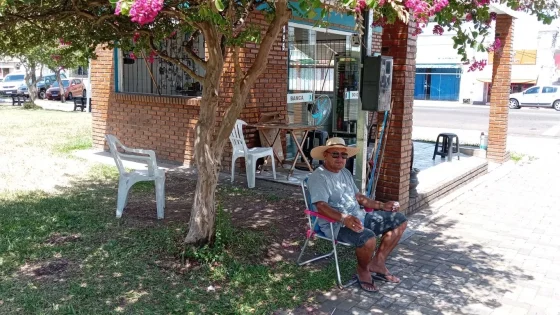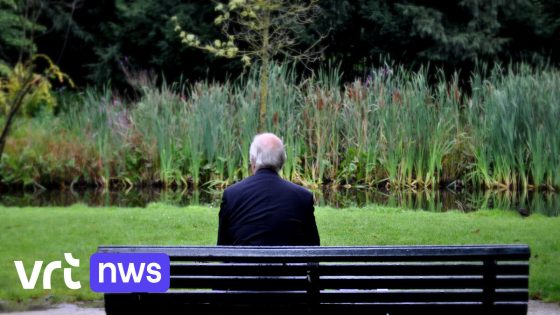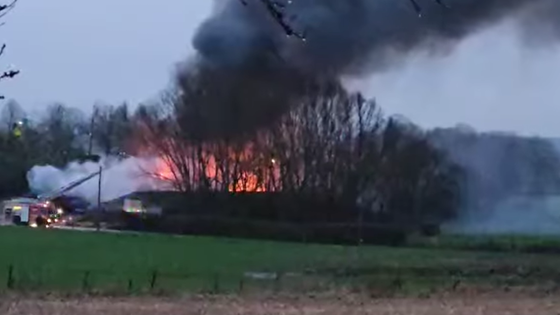On February 5, 2025, Quaraí, Brazil, recorded a staggering temperature of 43.8ºC, marking a historic high for Rio Grande do Sul. This extreme heat left the city feeling suffocating, with residents seeking shade and hydration as they navigated nearly empty streets. How are communities coping with such intense summer heat?
- Record high temperature of 43.8ºC in Quaraí
- Hottest February and summer temperature in Rio Grande do Sul
- City described as "suffocating" during heat
- Streets nearly empty; people seeking shade
- MetSul Meteorologia offers WhatsApp updates
- MetSul.com provides weather news and forecasts
Record-Breaking Heat in Brazil: What It Means for Residents
Quaraí’s recent temperature spike raises concerns about the effects of climate change. What strategies can communities adopt to combat such extreme weather? As temperatures soar, it’s crucial to understand how heat waves can impact health and daily life.
Understanding the Impact of Extreme Heat on Daily Life
As Quaraí grapples with unprecedented heat, the implications are felt across various aspects of life. From health risks to economic challenges, extreme temperatures can disrupt daily routines. Here are some key points to consider:
- Increased risk of heat-related illnesses.
- Strain on local resources, such as water supply.
- Impact on outdoor activities and local businesses.
- Need for community awareness and preparedness initiatives.
Health Risks Associated with Extreme Heat
High temperatures can lead to serious health issues, including heat exhaustion and heat stroke. Vulnerable populations, such as the elderly and children, are particularly at risk. It’s essential for communities to implement heat safety protocols, including:
- Public awareness campaigns about heat dangers.
- Access to cooling centers for those without air conditioning.
- Encouraging hydration and limiting outdoor activities during peak heat.
Climate Change and Its Role in Extreme Weather Events
The increasing frequency of heat waves is often linked to climate change. Understanding this connection can help communities prepare for future events. Key considerations include:
- Monitoring local temperature Trends and patterns.
- Investing in sustainable infrastructure to cope with heat.
- Engaging in community discussions about climate action.
As Quaraí faces this record-breaking heat, it serves as a reminder of the challenges posed by climate change and the importance of community resilience. How can we learn from these events to better prepare for the future?

































